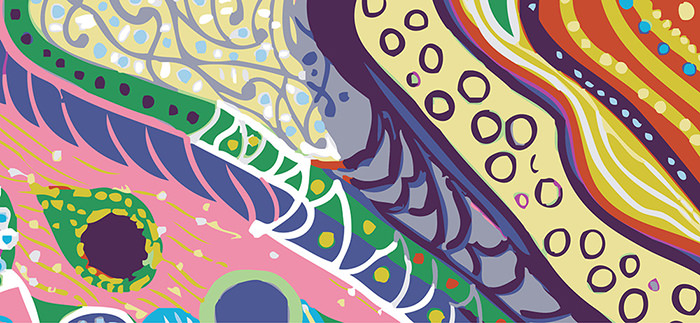 What is macroeconomics?: Further resources
What is macroeconomics?: Further resources  CEDAW review process
CEDAW review process
Advocacy pressure points for gender equality and macroeconomics
CEDAW
The Convention on the Elimination of All Forms of Discrimination against Women (CEDAW), was adopted in 1979 by the UN General Assembly, and is often described as an international bill of rights for women. Consisting of a preamble and 30 articles, it defines what constitutes discrimination against women and sets up an agenda for national action to end such discrimination. As detailed on IWRAW Asia Pacific’s CEDAW microsite:
-
- CEDAW is one of the most highly ratified international human rights conventions, having the support of 188 states parties. When governments become states parties to a convention, they can enter reservations by identifying particular elements of a treaty they will not be bound to. State parties may also make declarations, which have the same effect.
-
- The Convention is being continually updated to include new insights and new issues that are brought to the CEDAW committee’s attention, through the formulation of general recommendations by the committee. It does not automatically confer rights on women. Its promise can only be delivered if we learn to use it effectively in practice to set goals, identify needs, frame laws, policies and programmes, and evaluate action.
-
- The notion of state obligation has to be fully exploited. By ratifying CEDAW, states are saying that they:
-
-
- Recognise discrimination and inequality.
- Recognise the need for State action.
- Commit themselves to do certain things and not do certain things.
- Are willing to be held accountable at national and international levels.
-
-
-
- Together with the state, we have to develop criteria for state action and responsibility. We have to learn to use CEDAW as an advocacy tool to interpret equality, call for action, and use it to define rights, interpret needs, identify obstacles, and actions to be taken by the state, establishing criteria for success, and documenting impact of state action.1IWRAW Asia Pacific. “CEDAW Principles – Overview”.
The substance of the convention is based on three interrelated core principles: substantive equality, non-discrimination, and state obligation.
States’ compliance with CEDAW is monitored by a committee of experts, called the CEDAW committee. The convention’s scope is expanded and detailed through general recommendations, prepared by the CEDAW committee in consultation with relevant stakeholders.
CEDAW provides a positive legal framework for women’s rights, but it will take national efforts to ensure that these rights are conferred on women and girls. As IWRAW Asia Pacific states, CEDAW “legitimises women’s claims for rights; women can be transformed from being passive beneficiaries to active claimants. It creates the space for women’s agency.”
This is evident in the fact that the implementation of the convention is largely dependent on the political will of member states and their governments. A strong and active advocacy is necessary both among women’s rights organisations (as well as within government bureaucracy) to ensure the creation and application of this political will. It is IWRAW Asia Pacific’s position on the issue that:
- The urgent need is to raise awareness and develop skills at various levels in relation to CEDAW among women, government functionaries, lawyers, and members of the judicial system. At the ground level, advocacy for the application of the norms of CEDAW has to be linked to the international mandate of equality and non-discrimination.
- NGOs can play a crucial role in alerting states to their obligations by collaborating with states on their programmes. These are where NGOs are better placed to forge links with communities and households to develop alternative models to state models of intervention, and monitor state activities and their impact. Importantly, NGOs can serve as a facilitating link with communities and individuals, and feed information to and from state institutions to citizens.
 What is macroeconomics?: Further resources
What is macroeconomics?: Further resources  CEDAW review process
CEDAW review process
Footnotes
- 1IWRAW Asia Pacific. “CEDAW Principles – Overview”.

